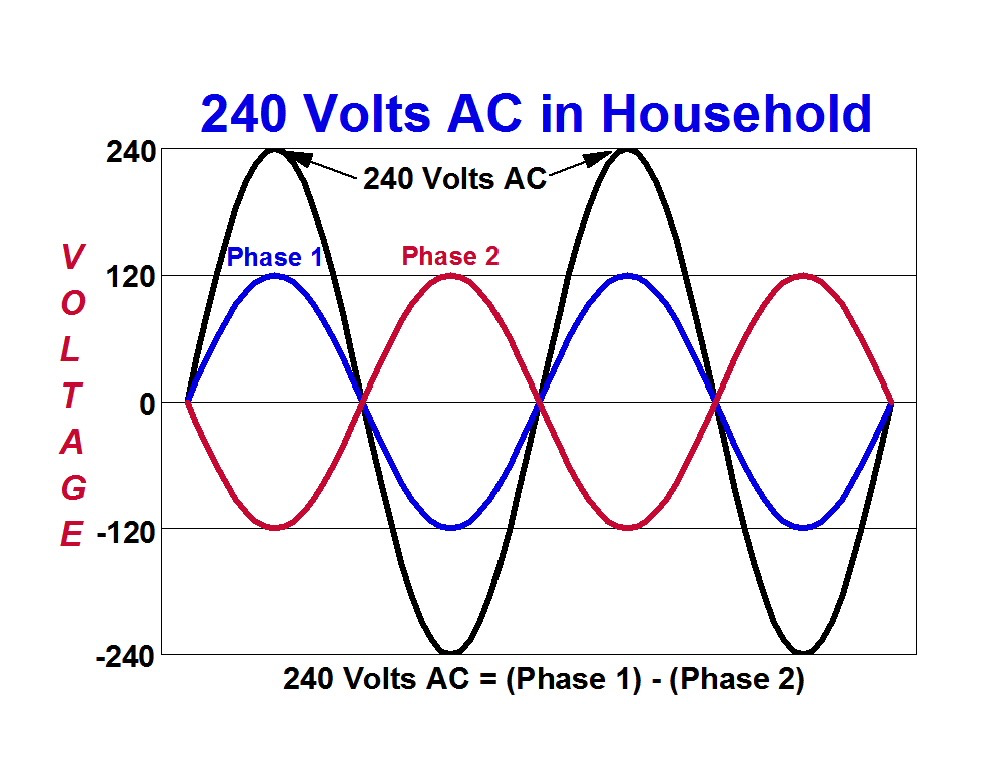K8MHZ
Senior Member
- Occupation
- Electrician
they are not in phase, they are 180 deg out
the motor argument is a strawman
split-phase
ˈsplitˌfāz/
adjective
adjective: split-phase
But -120 + 120 = 0, so the above can't be representative of a split phase system.



